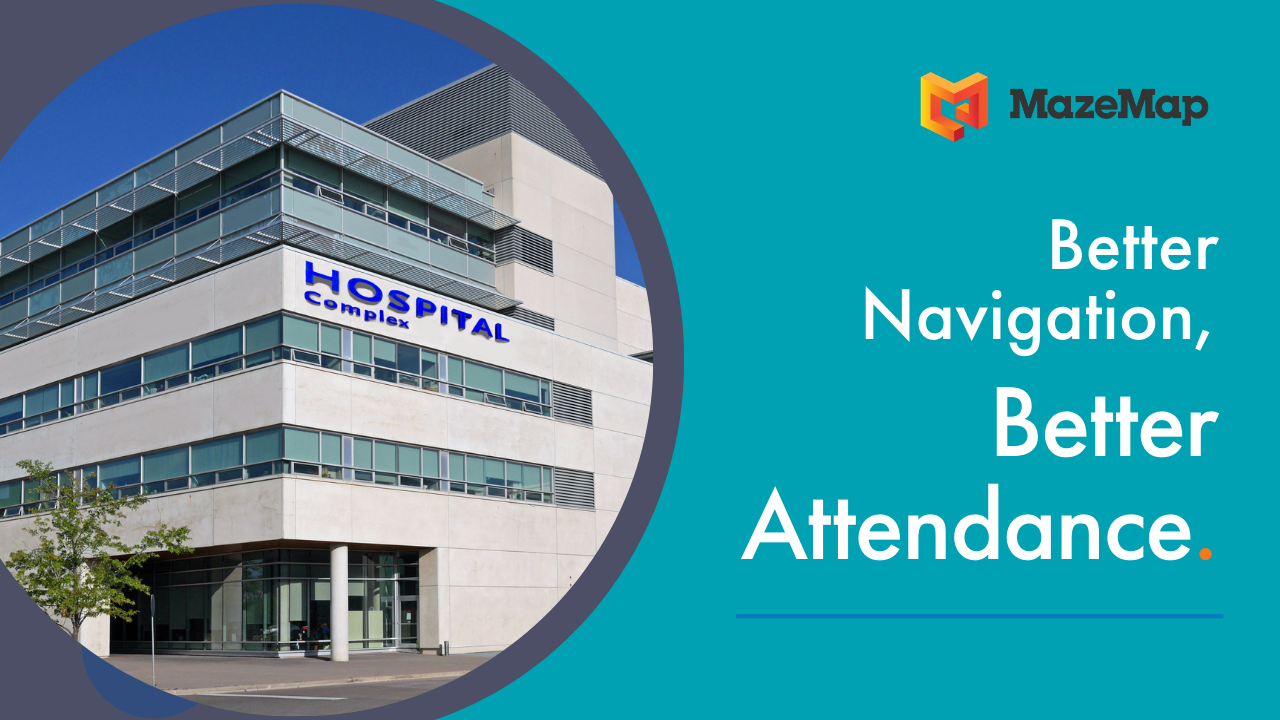With recent advances in technology, organizations within the corporate, education, and healthcare sectors are seeing the opportunity to create smarter buildings that make use of a range of innovative digital technologies. With the increasing popularity of digital transformation, plus the onset of the new hybrid workplace, the opportunities for digital collaboration have never been better. In addition, smart building technologies help make building management more efficient and provide a more productive and comfortable environment for people to spend time in.
So where do heatmaps and occupancy sensors come into the equation?
Heatmaps

Heatmaps allow you to visualize the current occupancy levels in your building so you can see which areas are the busiest, and which are the most quiet. Since the COVID-19 pandemic hit in 2019, social distancing has become the new norm and organizations have been forced to think about how they can accommodate these regulations. With heatmaps, building managers have an efficient way to control crowds, while building users are able to find the quietest parts of the building to navigate to.
In addition, heatmaps provide an insight into which areas of the building are used the most. As a result, under-utilized areas can be renovated and adapted to be used more often. Utilizing existing building space is much more cost-efficient than renting extra spaces, especially with the rising rent prices. It’s also important to make sure that building users are well-spaced out, rather than being crowded together, for the sake of social distancing.

Another way in which heatmaps can be used to create smarter building spaces is by helping to determine heating levels across the building or campus. Building managers can turn down the heating in areas that are out of use, which in the long run saves on operating costs. In the hybrid workplace, where office capacity will be at an all time low, features like this are especially valuable.
Occupancy sensors

Sensors can be integrated with our space booking solution to show whether meeting rooms, workspaces, or desks are actually occupied or not. If a room, workspace or desk is booked, but not in use, then the room can be set to free up again after a few minutes. The room will then appear green on the map, showing users that it’s available. Having an accurate way to check space occupancy creates so many more opportunities for collaboration. Capacity limits can be set on the rooms so that users are notified if the sensors detect too many people. Our joint solution with Cisco Webex will even book additional rooms for you if it detects your meeting room has gone over capacity.
How do our heatmaps and occupancy sensors work?
Our heatmaps primarily work with your WiFi access points to detect how many devices are in the vicinity. They use MazeMap’s integration with Cisco DNA Spaces via the Firehose API.

For the occupancy sensors and space booking integration, we can integrate with either Cisco Webex devices, room temperature systems, or other types of sensors to detect whether the room is in-use or not.
If you're interested in learning more about how heatmaps can benefit your organization, reach out today for a non-committal chat.
Connect with us on LinkedIn | Follow us on Twitter











